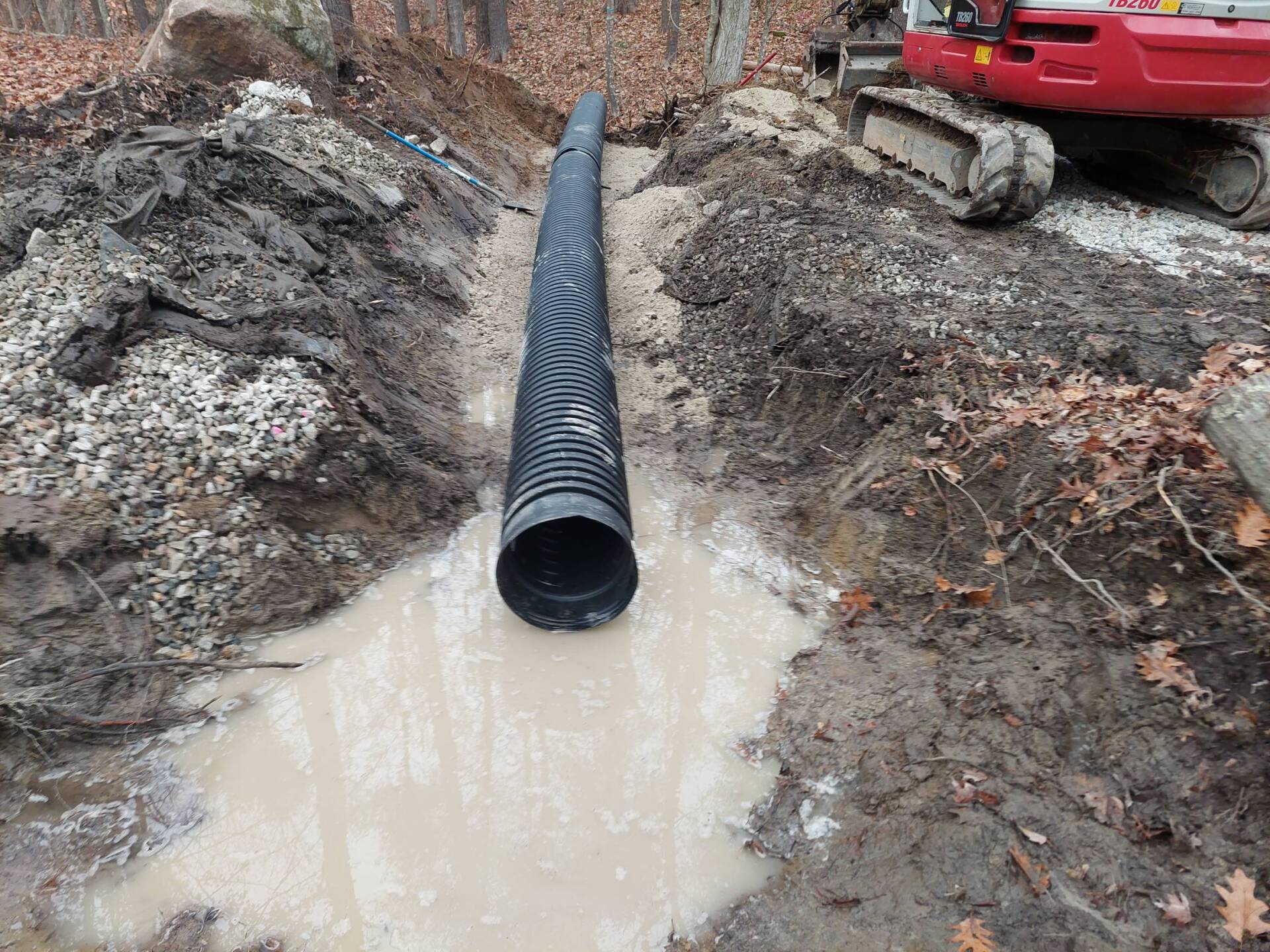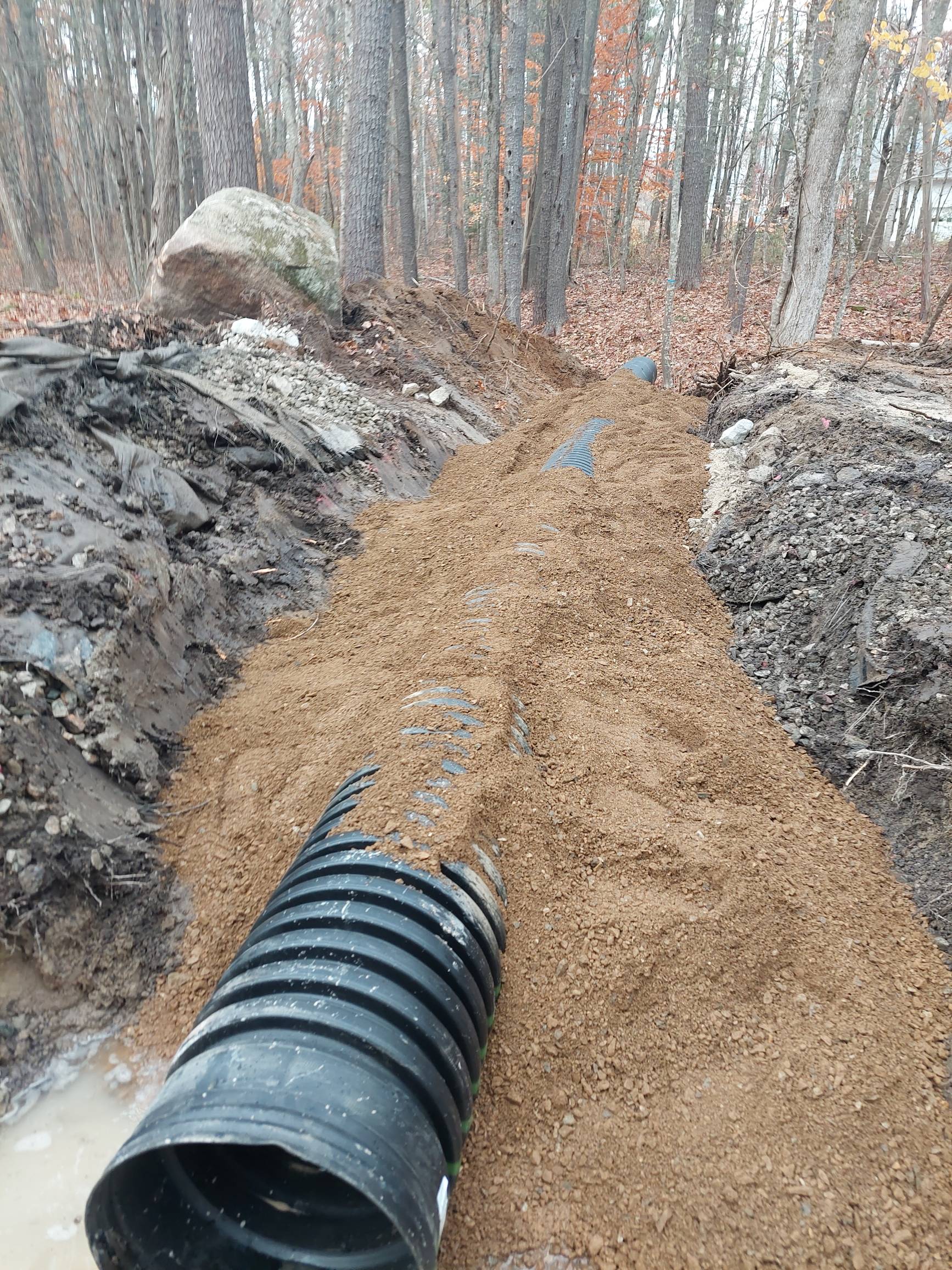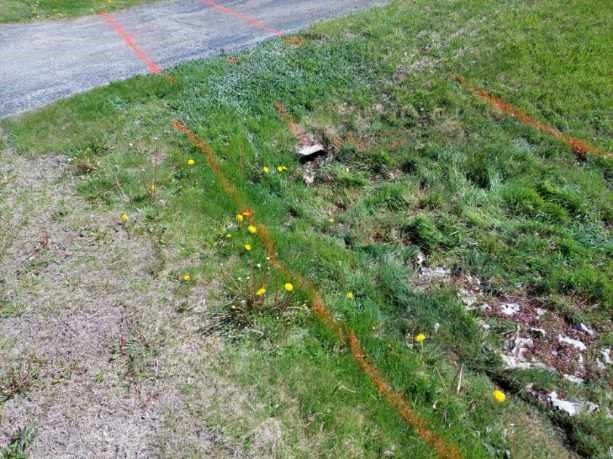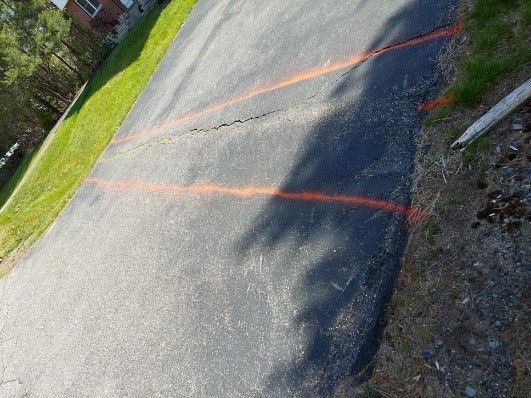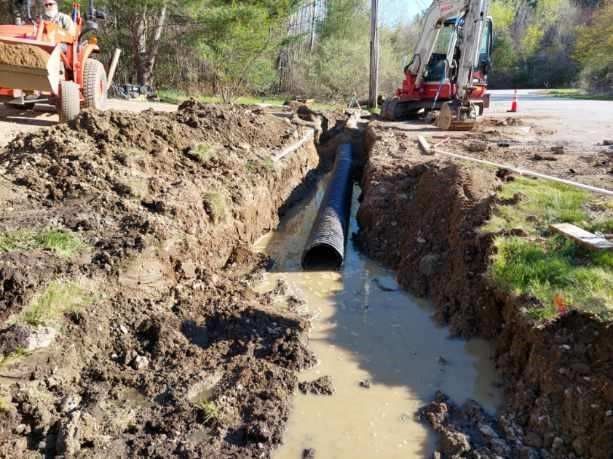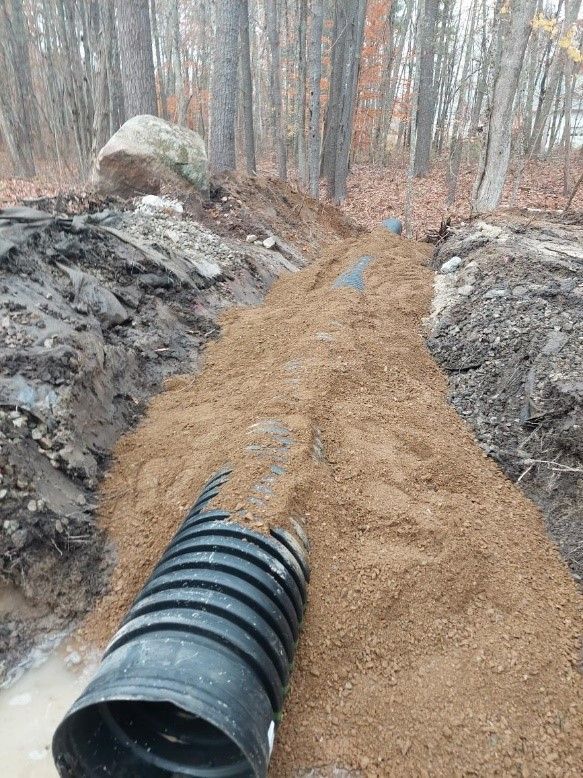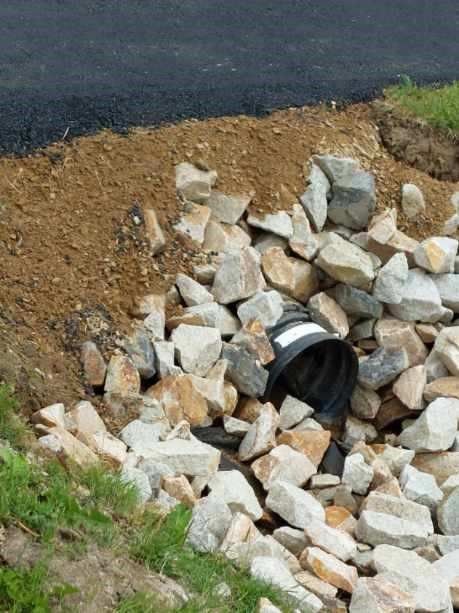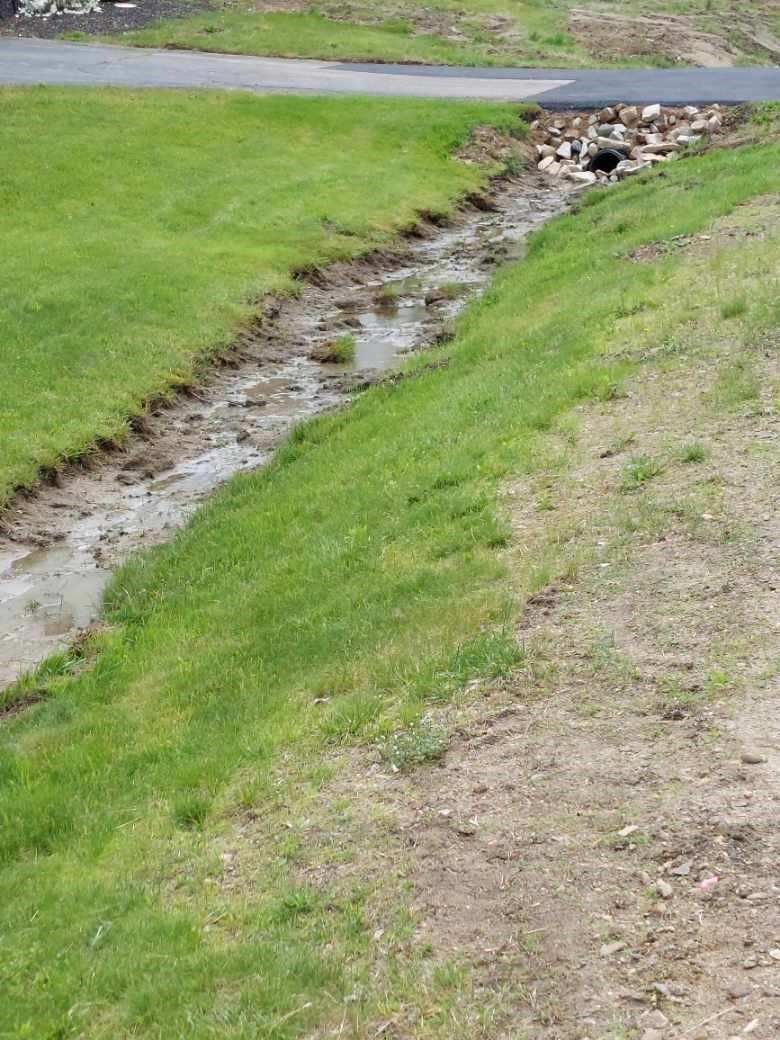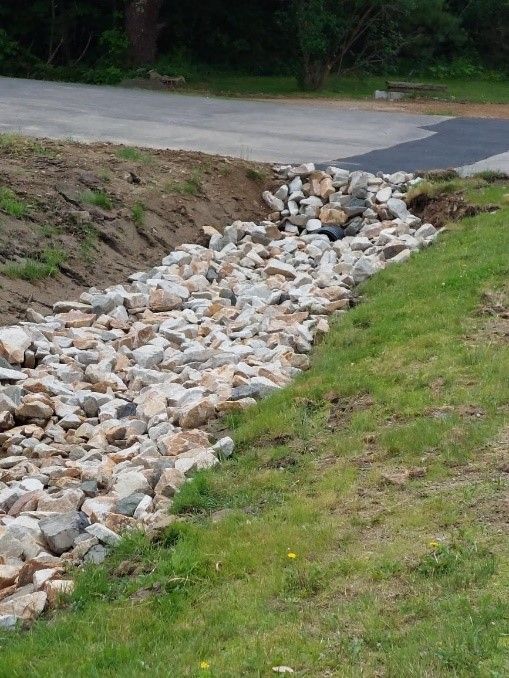CULVERT INSTALLATION
CULVERTS CAN PROTECT ROADS AND TRAILS FROM WATER DAMAGE
TEAM UP WITH AN EXCAVATION CONTRACTOR IN DOVER & BARRINGTON, NH AND YORK & ELIOT, ME
Made from pipe or reinforced concrete, culverts allow water to flow under roads, railroads and trails to reduce the risk of flooding. They're embedded into the soil and often used as both cross-drains and bridges to allow for traffic to cross over waterways. Northern Home & Excavation, LLC is an excavation company in Dover & Barrington, NH and York & Eliot, ME and surrounding areas. We have the knowledge and experience to properly install culverts that last for decades.
Speak with our excavation contractor now to learn more about culverts.
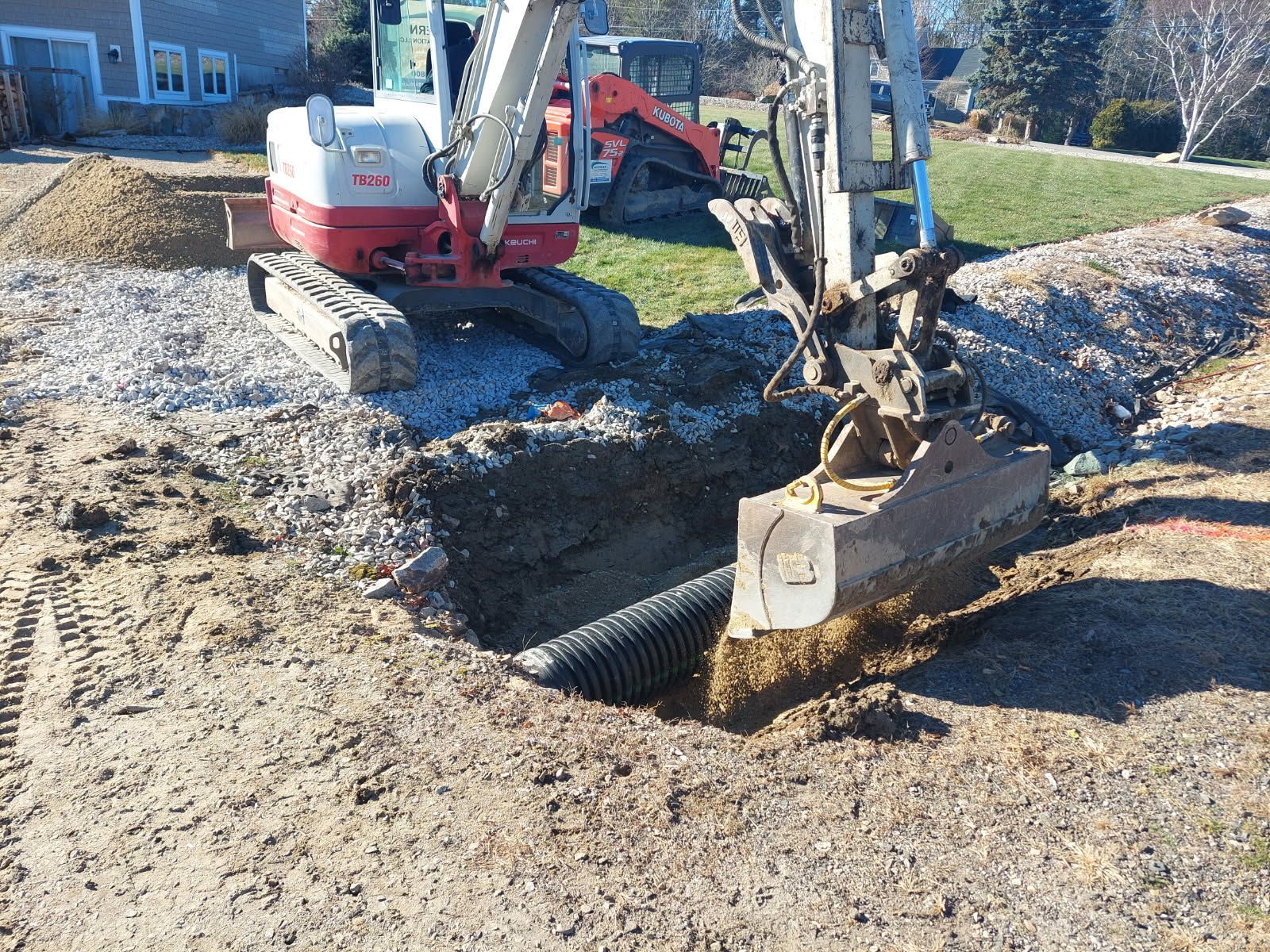
A COMPREHENSIVE INSTALLATION HAS MANY STEPS
While every culvert installation is different because of land grading and soil, our excavators follow a streamlined process to make sure the job is done right. Our excavation contractor will:
- Check the alignment in relation to the plans as well as actual site conditions
- Make sure that the pipe is the right length
- Excavate the area to the correct specifications of the job
- Correctly preparing, not taking shortcuts, and correctly preparing the site of the culvert pipe
- Unload, handle and store the pipe correctly
- Connect bands and hardware
- Add a suitable backfill material as required in the plans
- Maintain the proper backfill width
- Correctly compact the backfill material every 5-8 inches
- Install the necessary end treatment to protect the pipe
- Protect the structure from heavy construction equipment loads
Ready to get started? Hire our excavation company in Dover & Barrington, NH and York & Eliot, ME and surrounding areas today.
CulverT install & area work
Step #1:
- Order Dig Safe approval
- Contact Dig Safe to Clear site
- Mark out work areas to work
Step #2:
After site is cleared by Dig Safe,
- Excavate area
- Remove older corroded pipe
- Haul away & Dispose of older pipe
Step #3:
- After of excavation & removal of old pipe
- Set Pipe in a bed of compacted gravel base
- Fill & compact sides with gravel
Step #4:
- Set non-woven fabric liner (keeps down silt washing & weeds)
- Set erosion stones on fabric to retain angle
Step #5: Optional
- Prep swale (drainage) area before stones
- Remove vegetation & grading a swale area (with a downward grade for water flow)
- Set non-woven fabric liner (keeps down silt washing & weeds
Step #6: Clean up swale area with stone (Optional)
- Swale (drainage) area after stones are set on non-woven fabric liner


